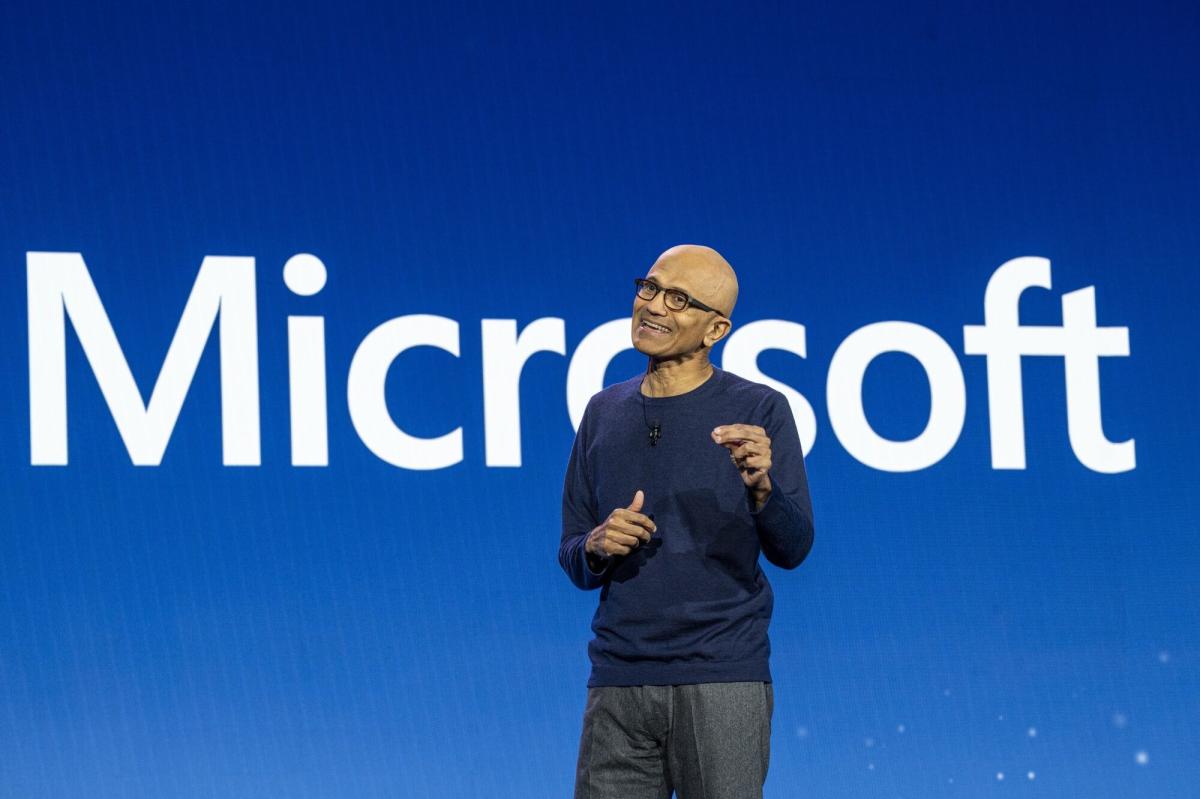The eyes are not only a window to the soul; Tracking saccades can help doctors detect a range of brain health problems. This is why the Franco-Belgian medtech startup neuroindexes develops accessible, high-speed eye tracking technology that incorporates AI-based analysis. He wants to make it easier for healthcare providers to use eye tracking to support the diagnosis of neurodegenerative diseases.
The company is starting with a focus on Parkinson’s disease, which already typically incorporates a test of a patient’s eye movements. Today, a doctor asks a patient to “follow my finger,” but neuroClues wants clinicians to use its proprietary wearable headsets to capture eye movements at 800 frames per second, after which they can analyze the data in just minutes . seconds.
The company’s 3.5-year-old co-founders – both neuroscience researchers – point to the high rates of misdiagnosis of Parkinson’s disease as one of the factors behind their decision to focus on first on the disease. But their ambitions extend more widely. They paint a picture of the future in which their device will become a “stethoscope for the brain”. Imagine, for example, if your annual visit to the optician could include a quick brain health scan and compare you to standard benchmarks for your age. According to the startup, which says it wants to help 10 million patients by 2023, eye tracking protocols could also help test for other diseases and conditions, including concussions, Alzheimer’s, MS and accidents. cerebral vascular.
So how does the device work? Today, a patient looks through the headset and sees a screen with dots appearing. A clinician then tells them to track the dots with their eyes, after which the device extracts data that can be used as disease biomarkers by recording and analyzing their eye movements, measuring things like latency and rate of ‘error. It also provides the clinician a standard value expected of a healthy population to compare with the patient’s results.
“The first scientific paper using eye tracking to diagnose patients was in 1905,” neuroClues co-founder and CEO Antoine Pouppez told TechCrunch in an exclusive interview, noting that the technique was initially used to diagnose schizophrenia. In the 1960s, when video eye trackers arrived, research into the tracking technique boomed. neurological disorders. But decades of research into the usefulness of eye tracking as a diagnostic technique did not translate into widespread clinical adoption because the technology did not yet exist and/or was too expensive, Pouppez said.
“That’s where this technology comes from: my co-founders’ frustration that eye tracking has a lot of value — it’s been demonstrated in research that has been clinically proven in thousands of patients in research settings — and it is still not used in clinical practice,” he said. “Today’s doctors use their fingers — literally saying ‘follow my finger’ — while an eye moves at 600 degrees per second…


